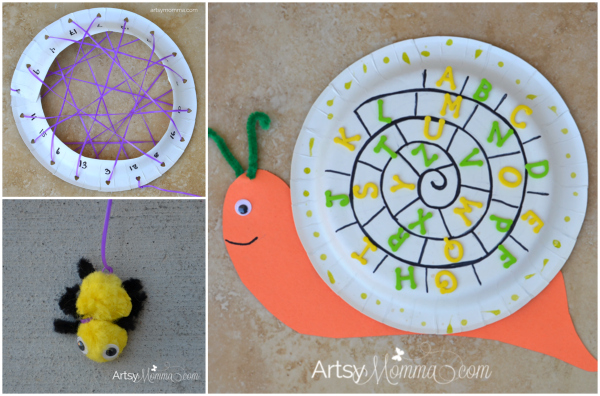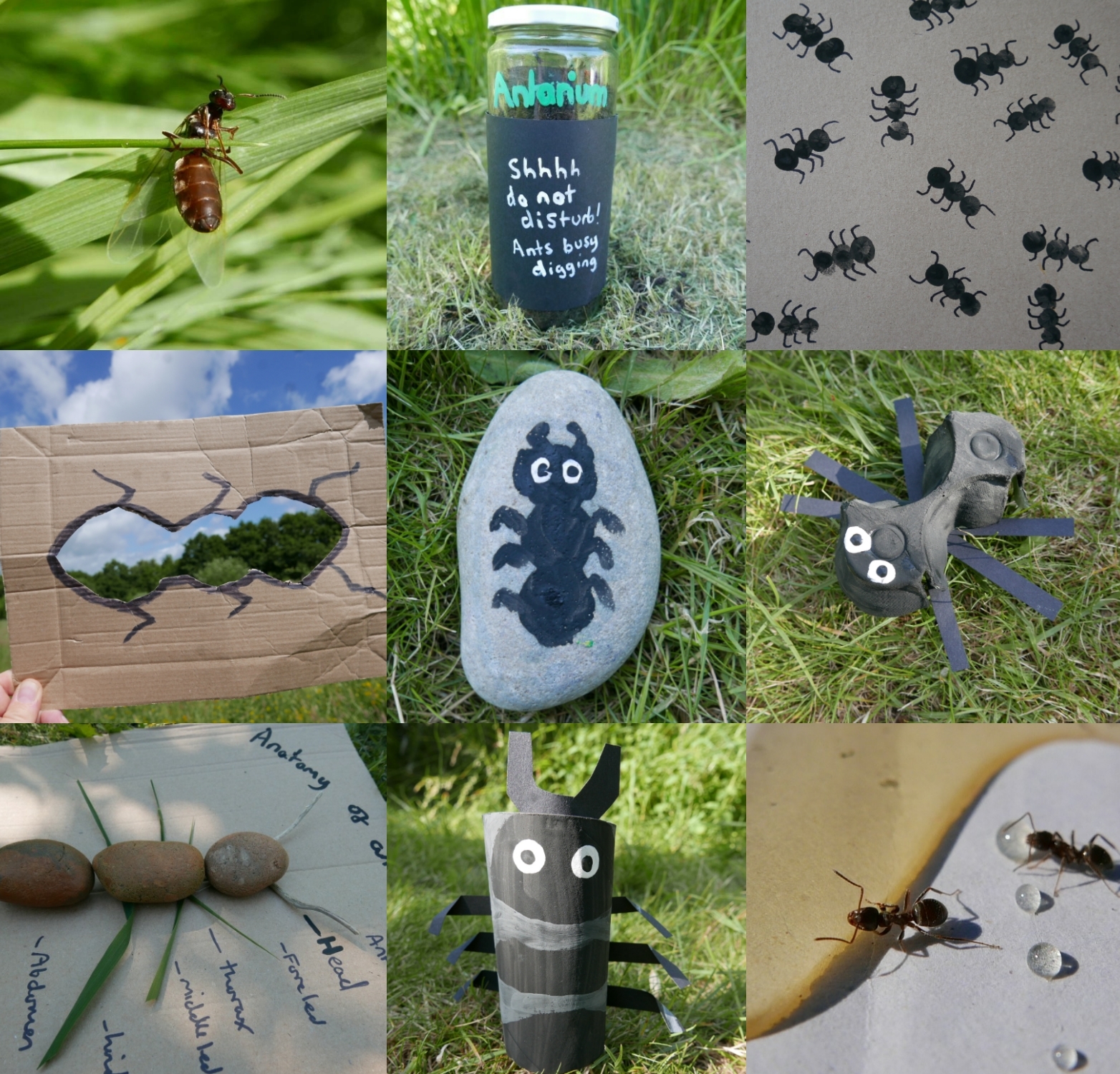If you looking for fun and engaging bug activities for preschoolers, you are in the right place! Bugs are fascinating creatures. They can spark curiosity in young minds. Here are some exciting activities that will make learning about bugs fun!
Why Teach Kids About Bugs?
Bugs are everywhere! They play important roles in nature. Teaching preschoolers about bugs helps them:
- Understand nature
- Develop observation skills
- Enhance their vocabulary
- Encourage curiosity
1. Bug Hunt Adventure
Take your preschoolers on a bug hunt! This activity encourages exploration. Here’s how to do it:
- Choose a safe outdoor area.
- Provide magnifying glasses.
- Give each child a bug collection jar.
- Encourage them to look for different bugs.
- Help them observe and identify the bugs.
2. Create a Bug Hotel
Building a bug hotel is a fun project. It attracts various insects. Here’s how to make one:
- Gather materials like sticks, leaves, and small boxes.
- Stack the materials in a container.
- Place the bug hotel in your garden.
- Observe which bugs visit the hotel.
This activity teaches kids about habitats.
3. Bug Art and Craft
Let’s get creative with bug-themed art! Here are some ideas:
- Make paper plate bugs using colors.
- Create clay bugs using modeling clay.
- Draw bugs using crayons or markers.
Art helps improve fine motor skills.
4. Bug Story Time
Reading books about bugs is essential. It encourages literacy. Here are some popular bug books:
- The Very Hungry Caterpillar by Eric Carle
- Insectlopedia by Douglas Florian
- Bug Safari by DK Books

Credit: craftmonsterz.com
5. Bug Songs and Rhymes
Music makes learning fun! Sing bug-themed songs. Here are a few:
- “The Itsy Bitsy Spider”
- “The Ants Go Marching”
- “Five Little Ladybugs”
Music helps with memory and language skills.
6. Bug Science Experiments
Science experiments are exciting! Here are some simple experiments:
- Observe how bugs move.
- Test which foods attract bugs.
- Watch how bugs react to light.
These activities develop critical thinking.
7. Bug Themed Snacks
Make snack time fun with bug-themed foods! Here are some ideas:
- Ants on a log: celery with peanut butter and raisins.
- Bug cupcakes: decorate cupcakes with gummy bugs.
- Fruit bugs: make bugs using fruits like grapes and strawberries.
Cooking together enhances teamwork.
8. Bug Movement Games
Get moving with bug-themed games! Here are a few:
- “Fly like a butterfly” – flutter around.
- “Wiggle like a worm” – crawl on the ground.
- “Hop like a grasshopper” – jump around.
Physical activity is essential for health.
9. Bug Masks and Costumes
Let the kids become bugs! Make simple masks:
- Use paper plates or cardstock.
- Cut out eye holes.
- Decorate with colors and glitter.
- Wear the masks for a bug parade!
This activity encourages creativity.
10. Visit a Local Garden
Field trips are exciting! Visit a local garden or park. Observe the bugs in their habitat. Here’s what to do:
- Take a guided tour if possible.
- Bring a notepad for observations.
- Discuss what bugs they see.

Credit: artsymomma.com
Frequently Asked Questions On Bug Activities For Preschoolers
What Are Fun Bug Activities For Preschoolers?
Engaging activities include bug hunts, crafts, and educational games that teach about insects and their habitats.
How To Create A Bug-themed Craft?
Use materials like paper, markers, and glue to make colorful insects or bug masks that spark creativity.
Why Are Bug Activities Beneficial For Kids?
Bug activities enhance observation skills, promote curiosity, and teach children about nature and ecosystems in a fun way.
What Supplies Do I Need For Bug Activities?
Gather items like magnifying glasses, containers, colored paper, scissors, and markers for a variety of engaging bug activities.
Conclusion
Bug activities for preschoolers are fun and educational. They help kids learn about nature. From bug hunts to art projects, the possibilities are endless. Encourage your preschoolers to explore the world of bugs. With these activities, they will love learning about these tiny creatures!
Additional Resources
For more ideas and information on bugs, check out:

